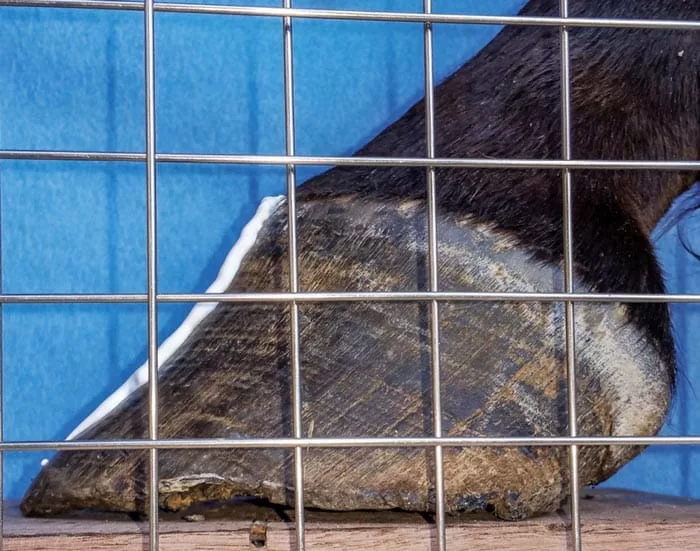American Farriers Journal
American Farriers Journal is the “hands-on” magazine for professional farriers, equine veterinarians and horse care product and service buyers.

Access this content by visiting
AmericanFarriers.com/0718
I am constantly striving to find ways to teach my veterinarian and farrier students how to tune their eyes to observe the smallest details. Many years ago, I learned that the caveman mentality is still a great way to teach. Simply studying the many messages left on stone by our predecessors from thousands of years ago allows us to step into their bare footprints and visualize what their eyes were seeing.
Also, one of the most effective methods of learning observation of the equine foot is through sketching. When we learn to draw what we see, we realize that our eye really did not capture the smaller details as the sketch may not even resemble what we thought we observed.
Our perspective of the foot varies greatly for several reasons. No one can see the world through another’s eyes. Therefore, the perspective views are…